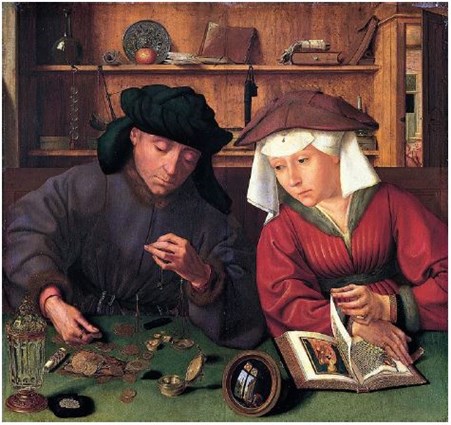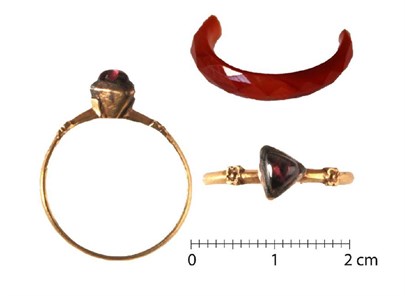Consumption Strategies and Social Identities in two Danish Towns in the 13th – 16th Centuries

Studies of social indentity through artefacts have often favoured the unique and conspicuous finds but failed to include the ordinary and abundant finds. This study presents a new contextual model where all finds categories are taken into consideration, when studying the social implications of consumption strategies. By analysing and comparing finds from two different urban locations in medieval Denmark (Odense and Copenhagen) we examine how these urban environments facilitates different consumption strategies and how these strategies changed over time. We discuss how the archaeological record can contribute to analysing the negotiation of social idetities though consumption patterns and consumer choices reflected in artefact assemblages. The analysis shows that consumption strategies depend on and are related to the characteristics and social complexity of the town in terms of demographics, networks and connectivity.
